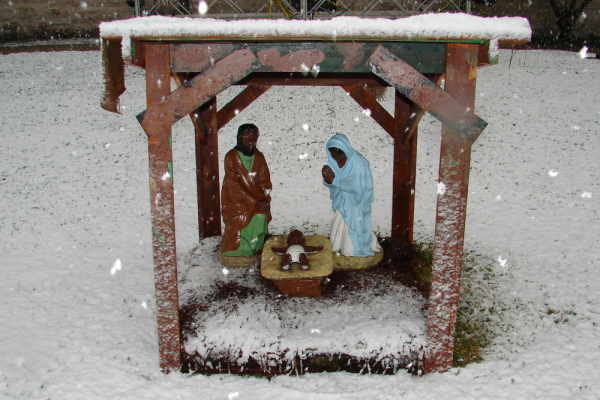Dec 6, 2021
On white Christian mantels and white Christian church lawns across the country, nativity scenes continue to depict, in illuminated plastic and with robed volunteers, a white holy family surrounded by a throng of other white folks. If there is anyone in the scene with brown skin — and there wasn’t until the 15th century — it is one of the three “wise men” or kings (specifically Balthasar, the one bringing the gift of myrrh).
Read the Full Article

Already a subscriber? Login
